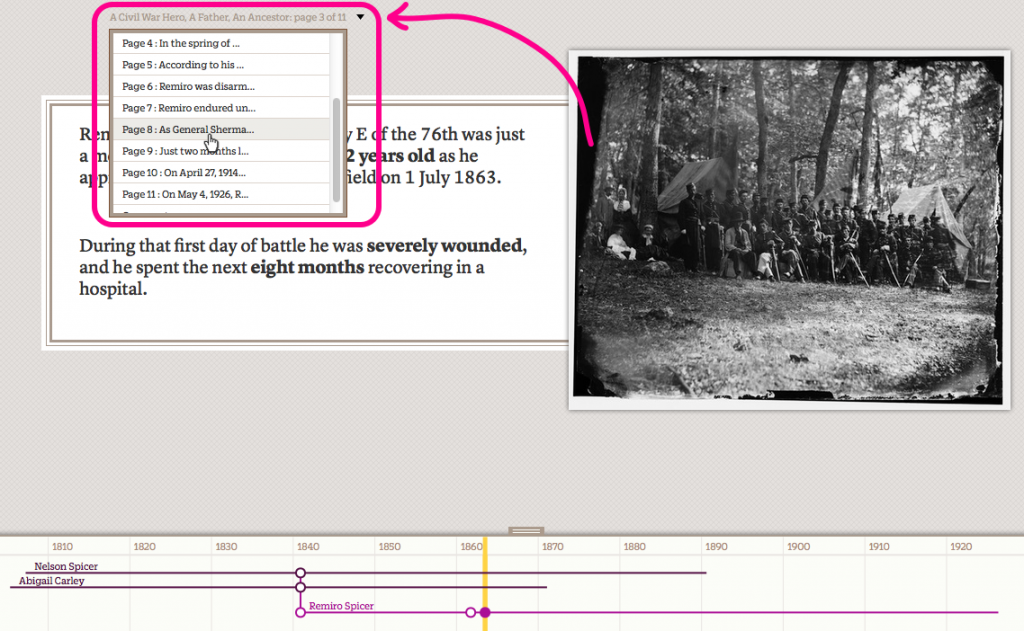The first RootsTech I attended took place at the beginning of a major transition in my genealogical life, from part-time hobbyist to full-time professional. After more than a decade working in technology for digital media companies in New York City, I arrived at the conference with the itch to figure out how to combine my professional talents with my lifelong love for family history. Part of the urge came from my own inability to find the software to share my family tree in a way my family would connect to. The previous year I had written the software for my own family tree website, but I continued to hunt for that elusive product that presented family trees story-first and came to RootsTech 2012 with that goal in mind. Where better to find the best-of-the-best than the conference that attracts the most technologically innovative companies and individuals in the genealogy space? And indeed, the vendor hall blew my mind. It was like walking through a candy land. But I didn’t find what I was looking for.
When I wasn’t gaping at all the exhibitors, I attended a number of sessions. I had high hopes for one in particular about technology for sharing family stories, but the speaker didn’t present anything I hadn’t already discovered in my own investigations. What did make a lasting impression on me, however, was that of all the sessions I attended, that one was by far the largest. The room was filled standing-room-only with people as desperate as I for a better way to share family stories — and it suddenly dawned on me that the reason why I didn’t find one in the vendor hall or in this session was because there wasn’t one — yet! I stayed up all night in my hotel room organizing all of the ideas racing through my mind. “EverythingWeKnowAbout.us: Curatable, shareable, multimedia presentations about your favorite family stories,” read the title page of the nineteen-slide Powerpoint I sent to friends and family before I collapsed in exhaustion. Their response was positive, so I quit my job two-and-a-half months later to make it happen!
I decided pretty quickly that I wanted to launch Treelines at the next RootsTech, and so I did — one of the proudest times of my life. The best moment was when Treelines was announced in front of everyone as the winner of the Developer Challenge, but the whole conference was a three-day high. I loved meeting so many of the conference participants, not only to see the excitement on their faces when I showed them what Treelines could do, but also when I learned from them what else Treelines should do to serve their families better.
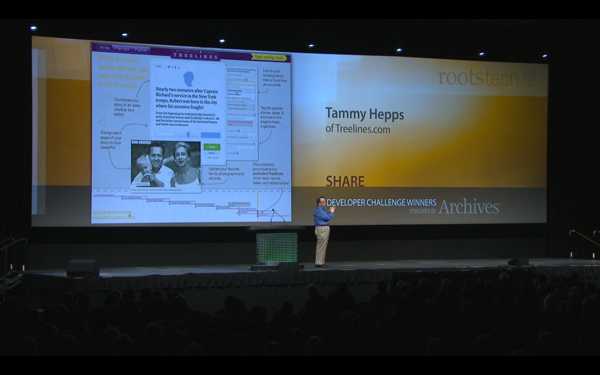
Treelines’ Winning Moment at RootsTech 2013
Launching at RootTech and especially winning the Developer Challenge were a great way to jump-start Treelines. I knew there were a lot of people in attendance, but I hadn’t realized just how many more people were watching from home, and many of them are amongst Treelines’ earliest users, too. And I also hadn’t expected how many of the top influencers in the industry were paying attention and as a result helped me publicize Treelines. I remain so grateful to RootsTech for making it possible for an individual like me to introduce something new to a large, motivated audience. If, as I was, you are looking for a way to professionalize your genealogy activities — or just increase your profile in the community — RootsTech is the perfect place to find your niche and get your name out there. And if you’re a fellow software developer, I absolutely recommend sharing your efforts through the Developer Challenge — I can think of no better way to have launched Treelines.
I’m proud to say that this year will be my third time attending RootsTech, my second as a speaker, and Treelines’ second as an exhibitor. As the date draws near I’m starting to feel the same excitement I had two years ago before my first RootsTech — to see all the cool, new products on the vendor floor, learn from my fellow speakers, and get to know more genealogists. I’ve never left RootsTech without my head exploding with ideas — not just for new genealogy software I could build, but also for new and better ways to research and share my family history. I wonder what inspiration I will leave RootsTech with this year… can’t wait to find out!

Showing off Treelines in RootsTech 2013’s Demo Theater
- Find Treelines.com in booth 432 (right by the demo area!)
- Or come to one of my classes!
- Thursday, 2/6, 10:30 AM: Top 10 Things I Learned About My Family History from my Couch: A Beginner’s Introduction to Internet Genealogy (Hall E — just stay in your seat after the morning keynote!)
- Thursday, 2/6, 2 PM: Family Tree Management on Treelines.com (Demo Theater)
- Friday, 2/7, 1 PM and Saturday, 2/8, 10:30 AM: Family Timelines with Treelines.com (computer lab in 251EF — must reserve a spot when you register for the conference)
- Friday, 2/7, 4 PM: Story by Story, Preserve Your Family’s History (Ballroom I)
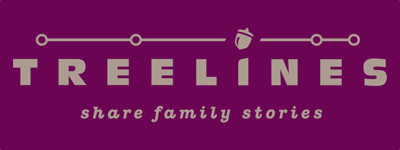
 Follow
Follow
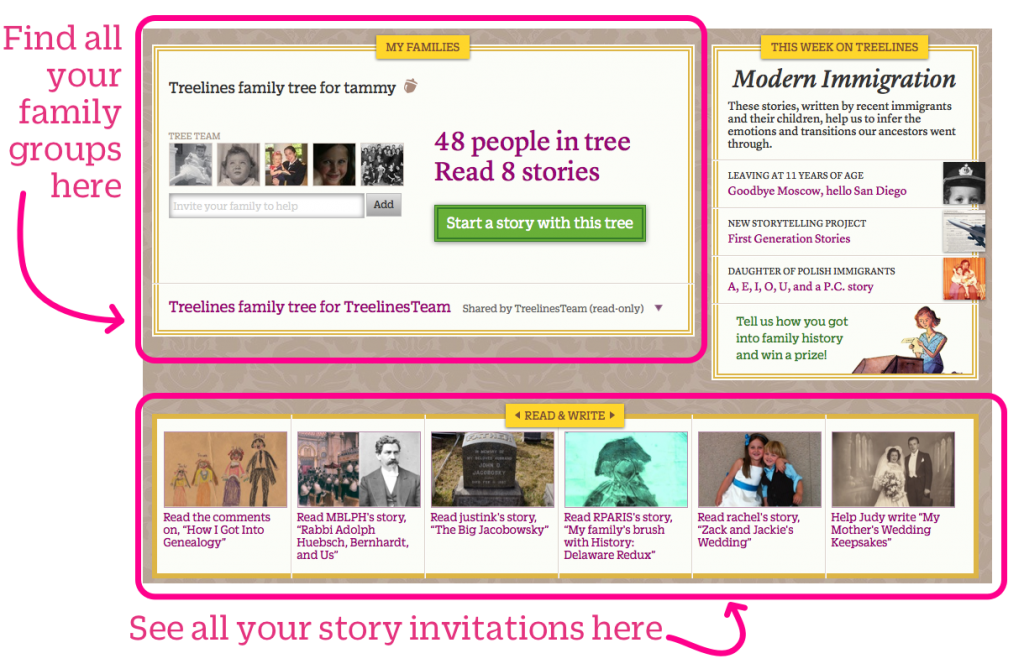 From the moment you return to Treelines, with just one click you can view your family’s latest stories, work on your own, and invite your family to help you out.
From the moment you return to Treelines, with just one click you can view your family’s latest stories, work on your own, and invite your family to help you out. When the
When the 

 If you are first generation in your country, there’s no more important story you can record for your family to help them appreciate their identity and opportunities. And we’d encourage you to
If you are first generation in your country, there’s no more important story you can record for your family to help them appreciate their identity and opportunities. And we’d encourage you to  The #1 most requested feature for Treelines is collaboration. We hear often from folks like the two brothers we met at RootsTech who were just two of eight siblings scattered across the country, each with different family photographs and stories that they all want to put together for posterity.
The #1 most requested feature for Treelines is collaboration. We hear often from folks like the two brothers we met at RootsTech who were just two of eight siblings scattered across the country, each with different family photographs and stories that they all want to put together for posterity.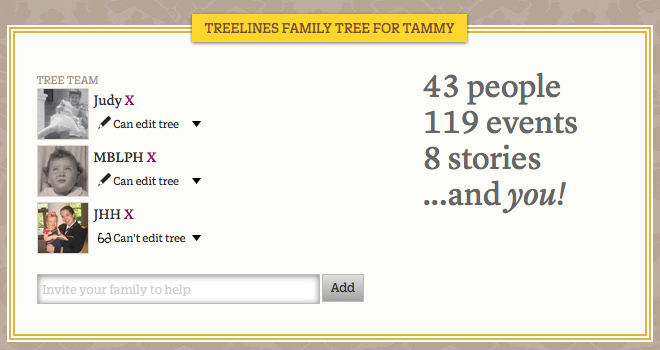

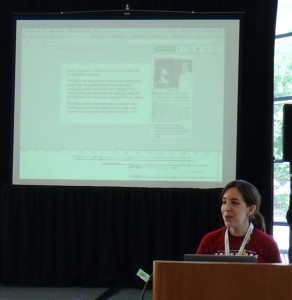
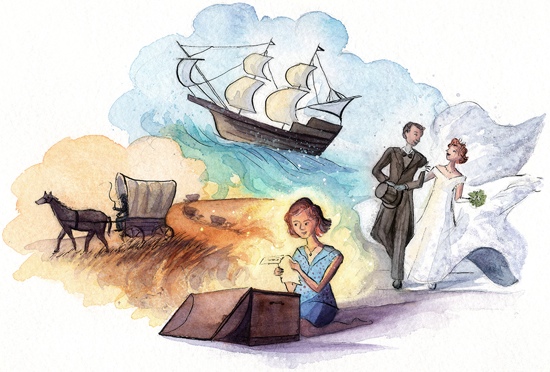
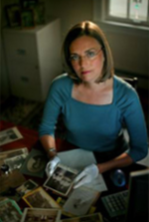
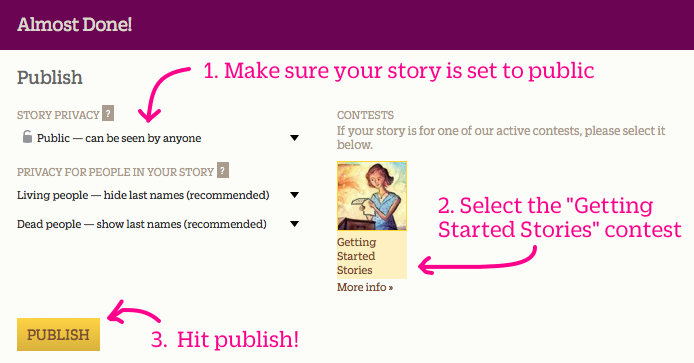

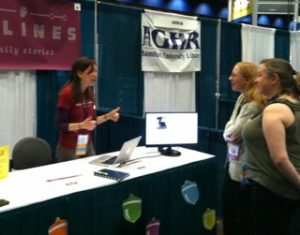

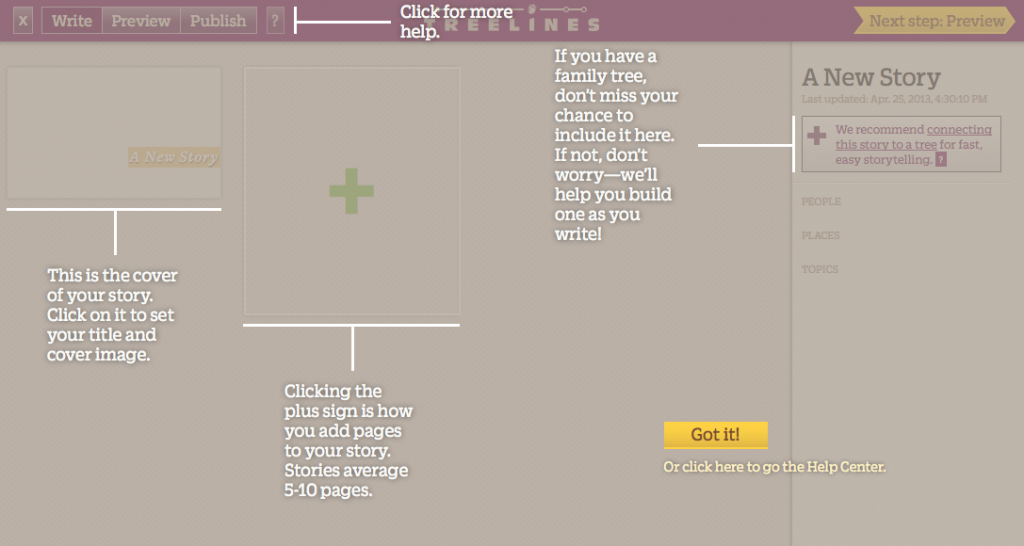 When you use the storybuilder for the first time, overlays like the one above will appears as you encounter different areas of the storybuilder for the first time. We hope this will make it easier for new users to get the hang of things. To be unobtrusive, each overlay only app
When you use the storybuilder for the first time, overlays like the one above will appears as you encounter different areas of the storybuilder for the first time. We hope this will make it easier for new users to get the hang of things. To be unobtrusive, each overlay only app